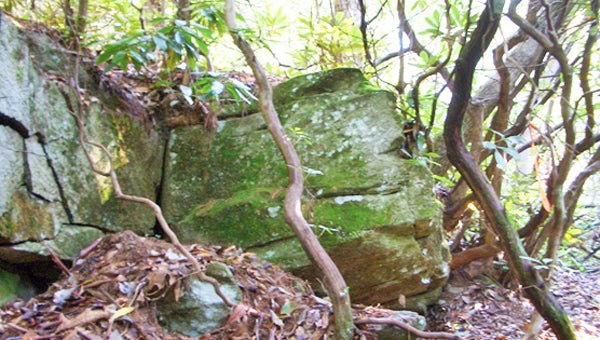Seeking out Polk County’s most wanted-habitat
Published 12:13 pm Monday, March 4, 2013
With the warm temperatures of spring, Green Salamanders should be emerging from deep within the rock crevices. The salamanders will begin to establish territories and find mates. They can be found in rock crevices during the day, and on wet evenings they will come out to forage on the rock surface and on the surrounding forest floor. Females lay their eggs in mid to late June and remain with the eggs for the three months it takes for them to develop and hatch.
Green Salamanders are also arboreal and spend part of their lives in the canopy of tall hardwood trees; therefore, mid-spring through mid-fall, they can be hard to find since most will be up in the trees. In autumn, as the leaves begin to change color and let go of their stems, Green Salamanders begin retreating to the protective cover of crevices in rock outcrops. In the winter, they are hidden deep within the rock and out of sight.
Green Salamanders have a black, dark brown or gray body with a green to yellowish- green lichen-like pattern on the head, back, and tail. Green Salamanders are the only southeastern salamander with green markings. Adults have a flattened head and body, and long legs with large feet and squared toes. The belly is unmarked and pale. Adult salamanders measure 8-14 centimeters long.






